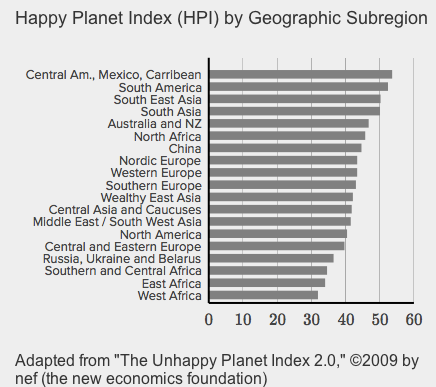Questions 1-11 are based on the following
passage.
This passage is adapted from Jan Delhey and Christian Kroll, “A ‘Happiness Test’ for the New Measures of National Well- Being: How Much Better than GDP Are They?” ©2012 by WZB Berlin Social Science Center.
There is currently a broad global movement away from
considerations of mere economic success towards a new
public policy goal involving a broader notion of quality of
life. This movement has also spurred a rethinking of which
5 statistics inform us best about a country’s situation and how
its citizens are faring. For decades, the gold standard was a
macroeconomic indicator: the GDP - gross domestic product,
calculated per capita. This is the most prominent yardstick
that the media, politicians and the public consider when they
10 try to assess how a country is performing. However, this
measure was never meant to be a measure of the welfare of
nations (as its creator Simon Kuznets warned in the 1930s)
and so there is growing skepticism about the GDP’s
usefulness as a measure of national well-being. Slogans such
15 as “beyond GDP” or “redefining progress” challenge the
preoccupation with the GDP.
Three key strategies have been employed to develop a
better measure of well-being: healing the GDP,
complementing the GDP, and replacing the GDP .
20 The first group of initiatives tries to deal with the
downsides of the GDP by attempting to fix the indicator
itself. . .
One key aim of this group of measures is to account for
sustainability and the environmental damage associated with
25 GDP growth. For example, the Index of Sustainable
Economic Welfare and the Genuine Progress Indicator are
both based on the consumption of private households.
However, they also reflect additional social factors such as
household labor and education with a rising value, while air
30 pollution and environmental damage lower the score. As a
consequence, the downsides of economic growth and
modernization ought to be accounted for whilst retaining the
benefits of the GDP, namely a single figure that captures
different entities and is comparable across nations.
35 The second group of measures moves further away from
the GDP as a yardstick than the previous approaches but does
not abandon the sum of goods and services altogether.
Instead, this group of measures seeks to assess national well-
being by complementing the GDP with a number of key
40 social indicators.
For example, the Human Development Index comprises
the three dimensions health, education, and material living
conditions, which are measured by life expectancy, years of
schooling, and GNI [gross national income], respectively.
45 While the method of complementing the GDP with further
indicators is able to overcome the controversial monetization
from which the measures that try to “heal GDP” suffer, the
standardization of different units is also controversial. In
particular, merging different units into a single standardized
50 index is methodologically challenging and again requires
value judgements by the researcher.
The most radical departure from the GDP is embodied by
the third group of measures, which seeks alternative
indicators of well-being without accounting for the sum of
55 goods and services produced in an economy. The logic
behind this approach is that the GDP has always been and
remains a means to an end rather than the end itself.
Famous examples include the Happy Planet Index
calculated by the New Economics Foundation. The index
60 comprises life expectancy, life satisfaction, and the
ecological footprint and is therefore able to demonstrate how
many resources countries need in order to produce a certain
level of health and subjective well-being.
Replacing the GDP altogether is quite a drastic strategy
65 for assessing national well-being, as not only is economic
growth a prerequisite for many of the social goods that make
life enjoyable but the metric of GDP is also highly correlated
with such other factors. Thus, by arguing that the GDP is
only a means to an end, these measures are in danger of
70 making a conceptual assumption that is notable in theory but
can be challenged in practice on the basis of actual causal
mechanisms and empirical data.